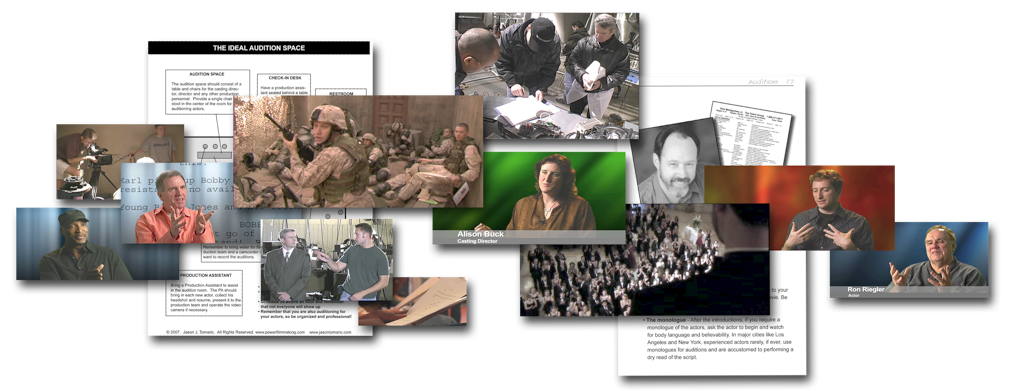As a director, you are the master storyteller. It is your job to interpret the script into a visually entertaining story that can be produced within the time and budgetary restrictions of the production.
In the FilmSkills Directing Master Course for Television and Movies, you will learn from over a dozen internationally recognized TV and film directors who methodically guide you through every step of the directing process. From working with actors to managing the set, this insider's look at the process will help you be more confident on set.
- Find and attract qualified, convincing actors
- Conduct an effective audition
- Warning signs to look out for in potential actors
- How to work with a casting agency
- Break down a script and analyze characters
- What to do 30 seconds before calling "Action"
- What to do right after calling "Cut"
- Advanced techniques for blocking natural, convincing performances
- Determine the proper coverage for each camera angle
- Track continuity for seamless editing
|
- Plot character arcs and motivations
- Techniques to conduct effective rehearsals
- Properly direct and communicate with actors
- Balance performance with the cinematic look of the frame
- How to direct extras
- Develop a visual story and theme for your production
- Properly block, light, rehearse, tweak, and shoot a scene no matter how large your crew
- On-set tutorial for directing a scene
- Create an effective, fool-proof shot list
- Design and implement storyboards and pre-visualization techniques
|
Learn the language of acting and techniques for communicating with actors. Learn the step-by step process for conducting powerful rehearsals. Get techniques from network television director on how to analyze characters in the script. We’ll identify common directing mistakes and how to avoid them. Then learn how to work with actors on set from the moment before calling action to the moment after you call cut. Learn how to direct extras and even the military to craft a convincing and believable environment.
Learn the cinematic language and techniques for interpreting the story and crafting a visual experience that compliments the actors’ performances. Learn how to begin a project, break down the script for story and character, plan the look of the visual story, properly shoot a scene, effectively block actors for both story and function, successfully utilize basic and advanced coverage techniques as well as how to storyboard and shot list your movie.






















